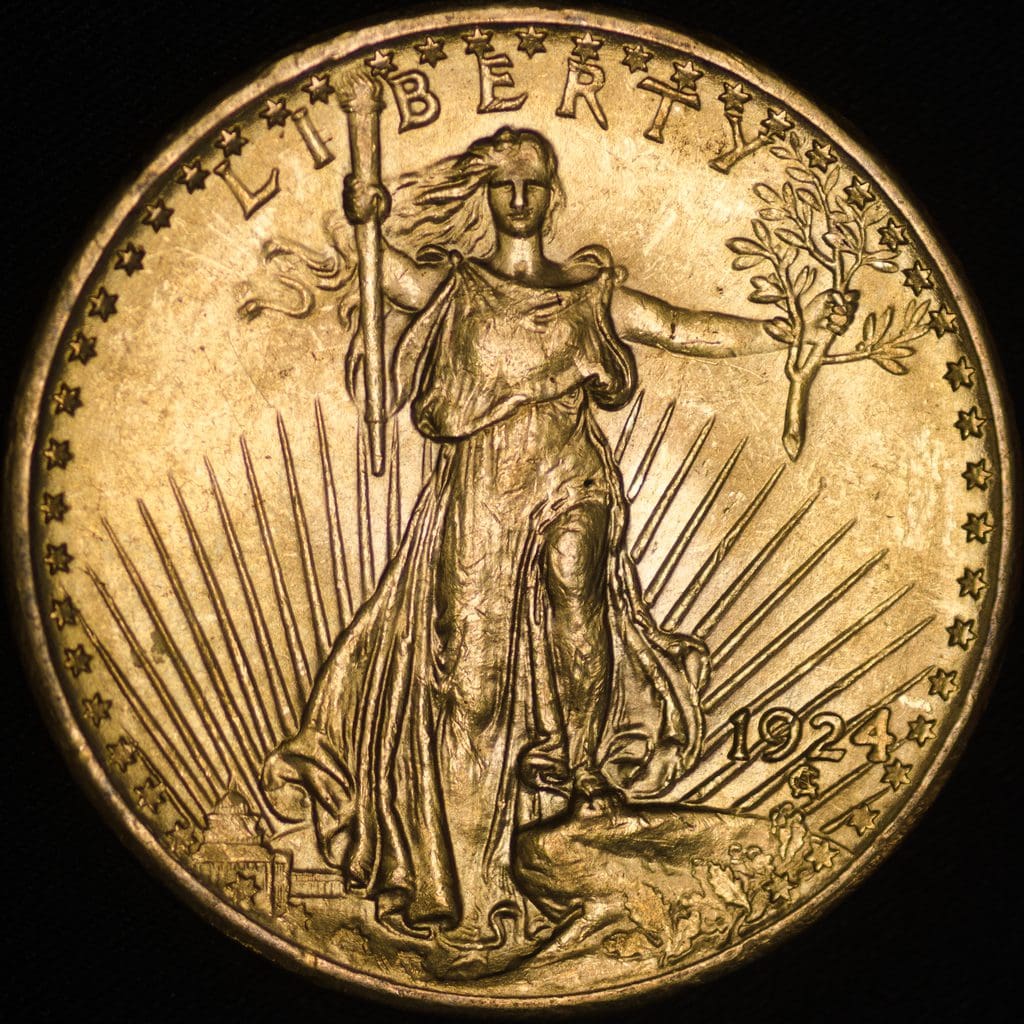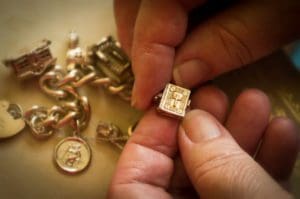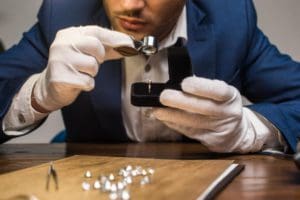Coin collecting and paper money collecting may appear the same to those who are inexperienced with them, but they are actually vastly distinct. The idea is similar, as one has set out on a quest to gather as much ancient money as is humanly possible.
Finding a rare coin, such as a quarter made of silver or a buffalo nickel with three legs, might be exciting. These coins, however, outperform them by having values greater than $1 million. In fact, some are so uncommon that their value has exceeded eight figures! Coins can become uncommon for many causes, such as contentious political minting.
Don’t forget, coins are money!
Coins serve as money. They are actually worth money. When you look back in time, the value of coins typically matched the amount of metal they contained. Currently, however, coins in circulation only have value because the government claims they do. Fiat currency is what it is.
What about the rare 1943 Penny? Western Loan and Jewelry in East LA knows coins and will help get you the highest pay out for your rare coins.
Due to the presence of precious metals, both contemporary bullion coins and antique gold and silver coins are valuable. They are worth more—often significantly more!—than their face value as legal money. Some coins may also become collectibles.
The four factors of coin’s worth
Material
Coins composed of base metals, such as copper, typically have a lower value than coins made of precious metals. This comprises palladium, platinum, gold, and silver. The justification is rather simple: These metals are more expensive. The melt value of a gold or silver coin will be high. The term “intrinsic value” is another term for melt value.
How to determine what metal a coin is made of is the important question. Color alone is insufficient for judgment. Numerous coins merely have an exterior coating of gold or silver plating. Even a brass coin could initially appear golden.
Consumers can easily complete this activity with today’s bullion coins. Their exact weight and purity are always marked on them. To confirm a coin’s metallic composition in other situations, you might need to conduct extra tests.
Look
A coin’s design conveys various cultural, patriotic, and historical elements. All peoples in recorded global history have shared this charming trait of coins. Even the earliest depictions on coins provide insight into a particular historical period. Whether the pattern depicts an emperor or local wildlife, it reflects cultural values.
Some buyers will shell out more money for a coin with a striking design. For collectors, designs are also essential. They might only need one instance of a certain design to complete their collection. A coin may be the final year of a design about to expire, or the first year of a new design. Either of these circumstances could increase a coin’s collectibility. Additionally, the interesting designs of limited-edition collector coins frequently set them apart.
Condition
Condition is always a major factor in value, regardless of the type of coin. Not merely a coin’s wear-based grade is considered a condition. The coin’s hue or tone, any damage, and aesthetic attractiveness are also included. The value of a coin is greatly influenced by both substantial objective and subjective elements.
Similar to mintage and population, the condition is significant for the same reasons. The rarity of well-preserved coins tends to increase over time. Prices rise due to both collector demand and this relative scarcity.
Age
Older coins typically have more value, though this isn’t always the case. Age itself isn’t the issue; rather, it’s all the things that come with becoming older:
- Due to coin destruction and loss, older coins are becoming more and more rare;
- A coin is more likely to have been worn down or damaged the older it is. As a result, fewer coins of that type are still in a usable condition;
- Older coins are typically harder to find. They are not available for direct purchase from a mint and are unlikely to be used.
Therefore, no older coin is superior to or more valuable than a new one. A coin’s age and everything related to age are just one key factor in determining its value. Coin collectors occasionally focus on coins from a particular period. A coin’s value as a collectible may increase depending on the year it was produced.
Rarest coins in the world
Because there are only fifteen known copies of the 1804 Silver Dollar, Class I, it is frequently referred to as the “King of U.S. Coins.” This piece was produced in 1834, 30 years after its dating, as a present for Asian rulers during trade mission trips.
The Flowing Hair Silver Dollar, one of just 1,758 coins produced, fetched $6,600,000 at auction in August 2021. A coin in this condition is uncommon and obviously expensive, because it is thought that there are only a few of the 1794 Flowing Hair Silver Dollars left in existence today.
Since the 1343 Edward III Florin was originally valued at about 6 shillings, it is not surprising that its value has increased significantly over the past 670 years. It is one of the rarest coins in existence and is worth $6.8 million, because there are only three of these!
There are just five 1913 Liberty Head Nickels worldwide. 2018 saw the highest-priced one sell for $4.56 million. Over $4 million was also earned at a more recent sale. This coin might fetch up to eight figures one day!
Conclusion
Many people are fortunate to even sight coins as rare as these. If so, you’re less likely to find them in your pocket money and more likely to find them in a museum or national coin display. While most coins won’t bring in millions of dollars, moderately rare coins can sell for a respectable sum.
The value of a coin is influenced by numerous things. Unfortunately, it does not necessarily indicate your coin is worth $10,000 or $20,000, just because you saw a coin that “looks like” yours online sell for those amounts. Additionally, your particular specimen might occasionally be worth more.




